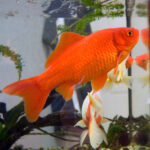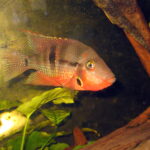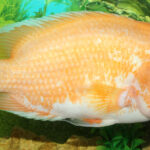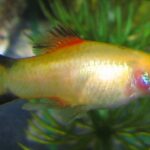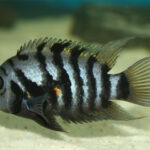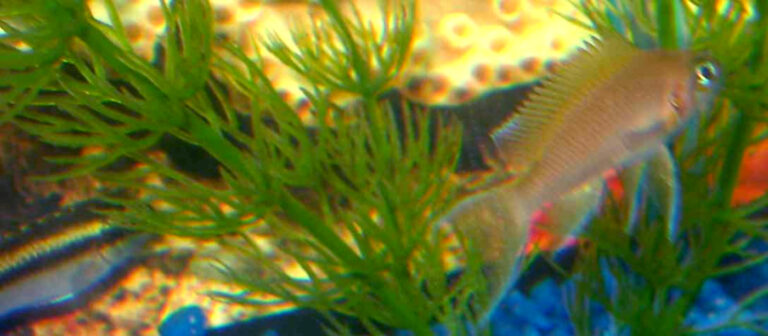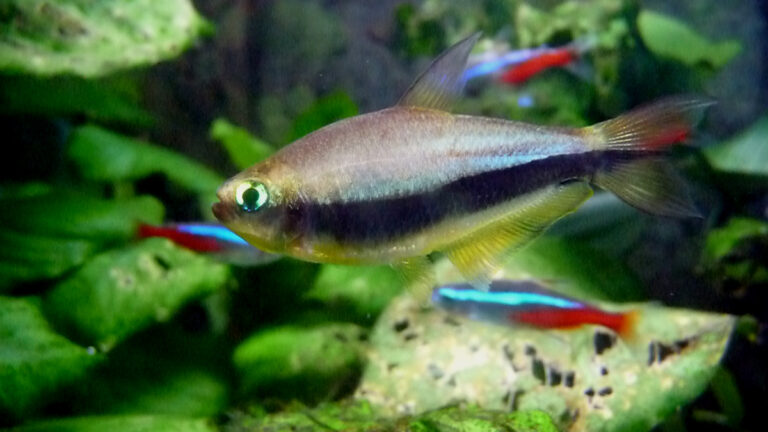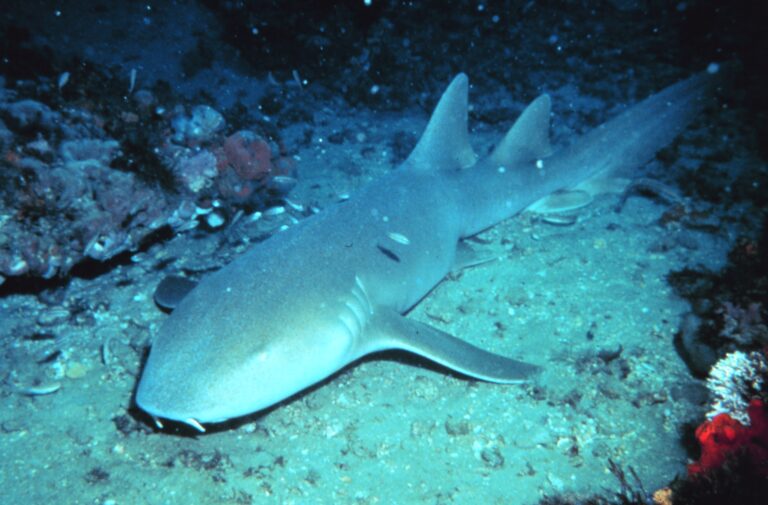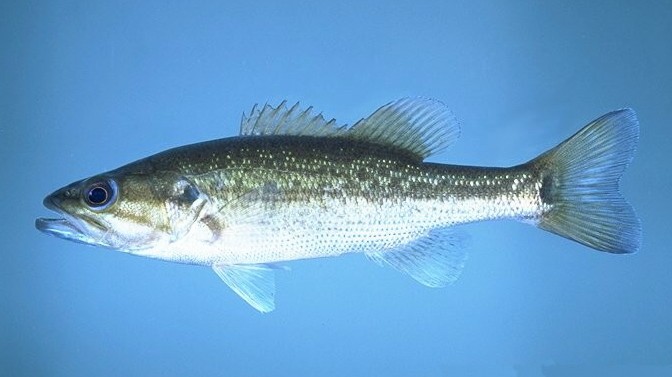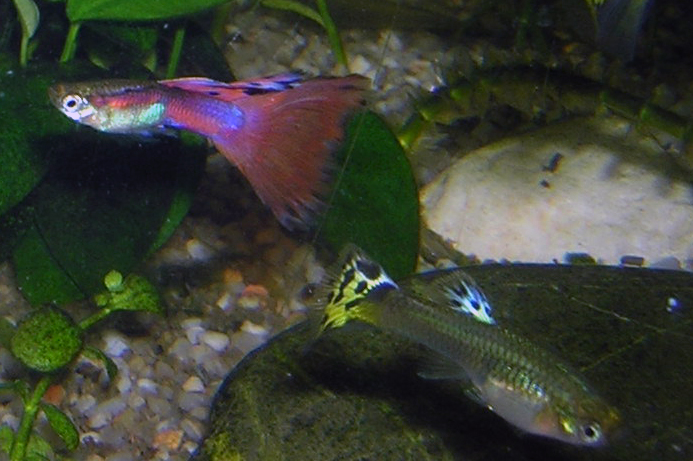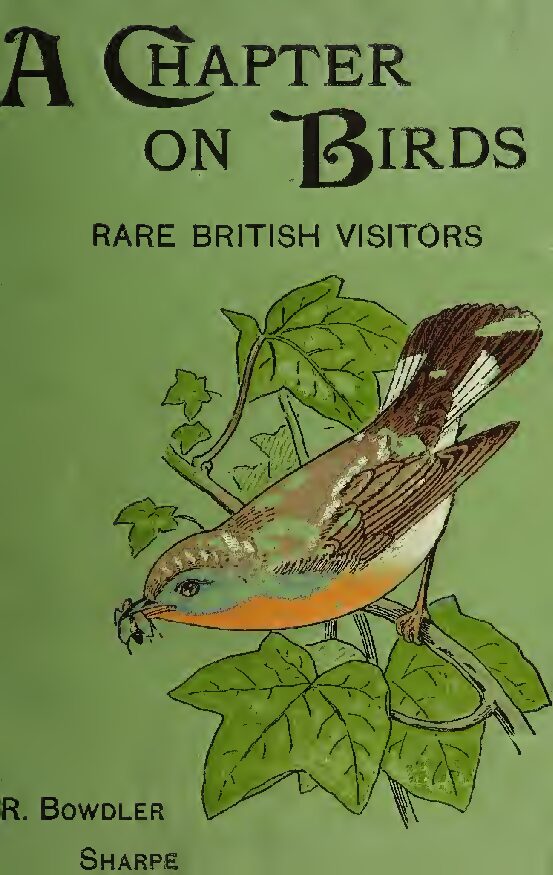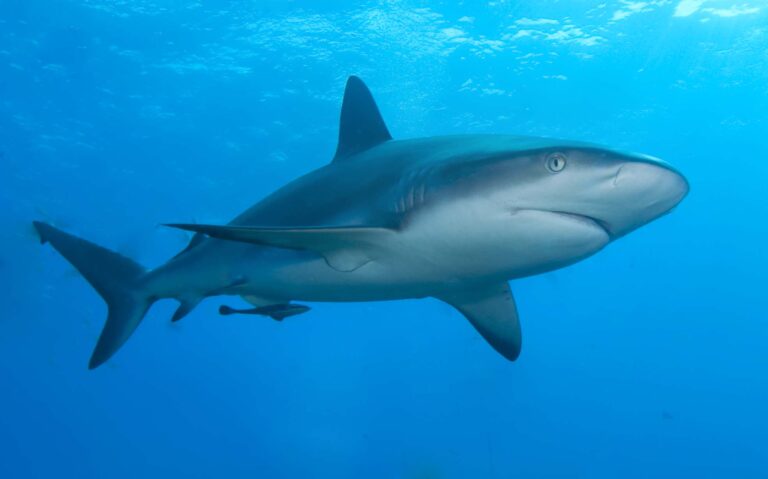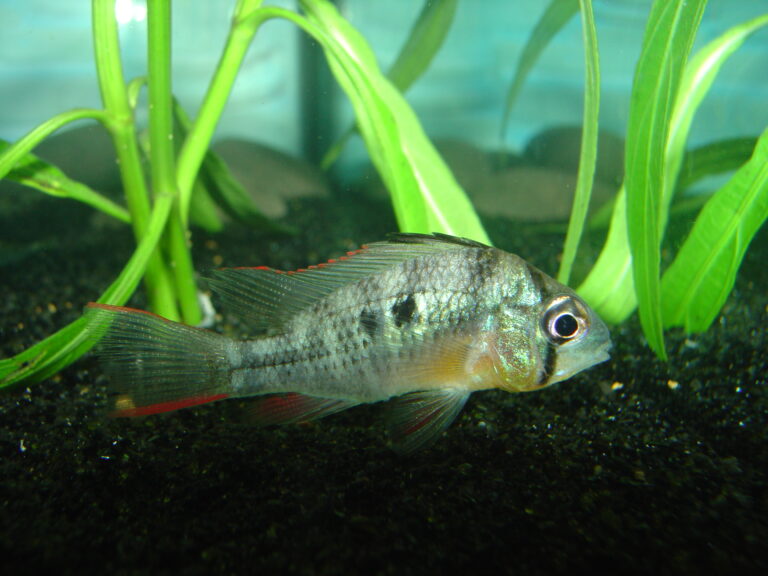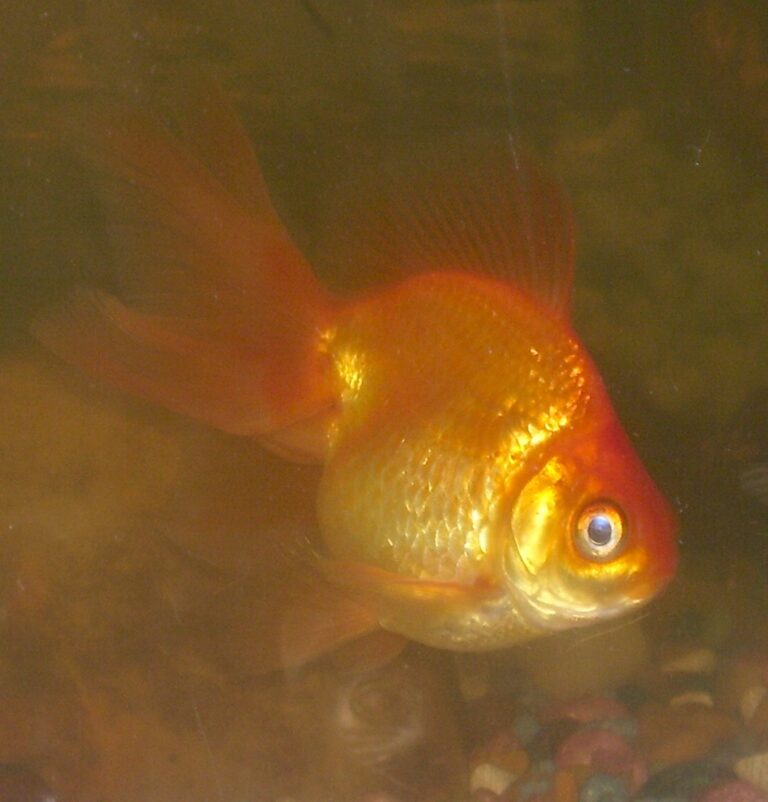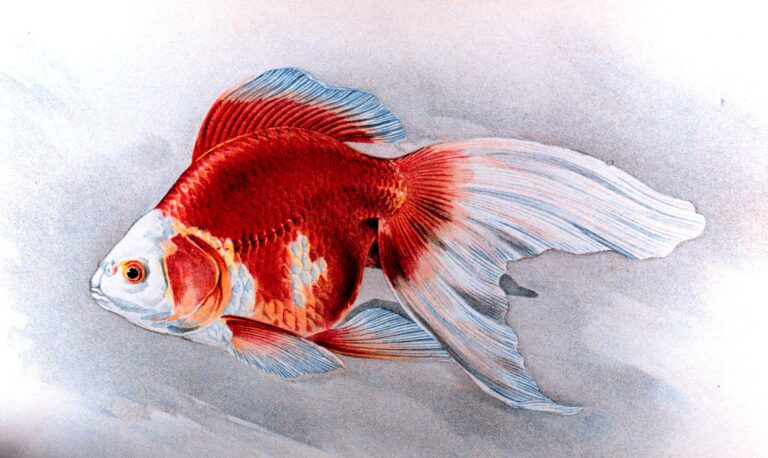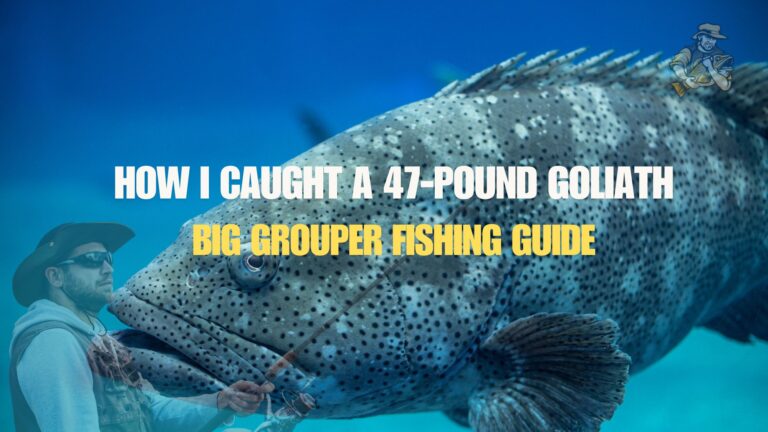Pearl Gourami
By Ryan Maron | Last Modified: June 10, 2025

The Pearl Gourami stands as one of the most recognizable and ecologically significant members of the labyrinth fish family, captivating aquarists and marine biologists alike with its distinctive spotted pattern and complex behavioral adaptations. Known scientifically as Trichogaster leerii, this Southeast Asian native plays a crucial role in freshwater ecosystems as both predator and prey, maintaining delicate population balances within its aquatic habitats. The species demonstrates remarkable physiological adaptations, including specialized labyrinth organs that allow survival in oxygen-depleted waters where other fish cannot thrive. This evolutionary advantage has established Pearl Gouramis as keystone species in their native rice paddies, swamps, and slow-moving waterways, where they control insect populations while serving as vital food sources for larger predators.
| Feature | Details |
|---|---|
| Common Name | Pearl Gourami |
| Scientific Name | Trichogaster leerii |
| Family | Osphronemidae |
| Typical Size | 10-12 cm (4-5 inches), 15-25 grams |
| Habitat | Shallow freshwater wetlands and vegetated waterways |
| Diet | Omnivorous – insects, larvae, plant matter, small crustaceans |
| Distribution | Southeast Asia: Thailand, Malaysia, Indonesia |
| Conservation Status | Least Concern |
Taxonomy & Classification
The Pearl Gourami belongs to the family Osphronemidae, commonly known as gourami fish, within the order Anabantiformes. First scientifically described by Bleeker in 1852, Trichogaster leerii represents one of four primary species within the Trichogaster genus. The taxonomic classification places Pearl Gouramis within a specialized group of labyrinth fish that evolved unique respiratory adaptations approximately 50 million years ago.
Recent phylogenetic studies have revealed that Pearl Gouramis share closest genetic relationships with the Blue Gourami (Trichogaster trichopterus) and Gold Gourami (Trichogaster trichopterus var. sumatranus). Molecular analysis indicates these species diverged roughly 2-3 million years ago during the Pliocene epoch, when fluctuating sea levels isolated populations across the Indonesian archipelago. The species name “leerii” honors Dutch naturalist Pieter Bleeker’s colleague, who first collected specimens from Sumatran waters.
Within their native range, Pearl Gouramis exhibit slight morphological variations that suggest potential subspecies development. Populations from Malaysian peat swamps typically display deeper orange coloration, while Indonesian specimens show more pronounced pearl-like spotting patterns. These phenotypic differences likely reflect adaptive responses to varying water chemistry and habitat conditions across their distribution range.
Physical Description
Pearl Gouramis possess distinctive physical characteristics that make them immediately recognizable among freshwater species. Adult specimens typically reach 10-12 centimeters in length, with females generally achieving slightly larger sizes than males. The species derives its common name from the intricate pattern of pearl-like spots covering the entire body, creating an iridescent mosaic effect under proper lighting conditions.
The body structure reflects typical gourami morphology, featuring a laterally compressed oval shape with extended dorsal and anal fins. Males display more vibrant coloration, particularly during breeding seasons when their throats and chest areas develop intense orange-red hues. The signature black lateral stripe extends from the snout through the eye to the caudal peduncle, becoming more pronounced during stress or territorial displays.
Most notably, Pearl Gouramis possess modified pelvic fins that have evolved into thread-like sensory organs called filamentous rays. These specialized appendages contain numerous chemoreceptors and mechanoreceptors, allowing the fish to detect chemical gradients, water movement, and potential food sources. The labyrinth organ, located in the gill chamber, enables atmospheric breathing through a complex network of folded tissues rich in blood vessels.
Sexual dimorphism becomes apparent in mature specimens, with males developing pointed dorsal fins and more intense coloration patterns. Females maintain rounder body profiles and subdued coloring, adaptations that provide camouflage during spawning and brood care periods. Both sexes exhibit the characteristic gourami mouth structure, optimized for surface feeding and bubble nest construction.
Habitat & Distribution
Pearl Gouramis inhabit the tropical freshwater systems of Southeast Asia, with native populations concentrated in Thailand, Malaysia, and Indonesia. Their primary distribution encompasses the Mekong River basin, Malay Peninsula waterways, and the island systems of Sumatra and Borneo. These fish have adapted to thrive in shallow, slow-moving waters where dense vegetation provides shelter and foraging opportunities.
The species shows particular affinity for rice paddies, where agricultural flooding creates ideal seasonal breeding habitats. During monsoon periods, Pearl Gouramis migrate into flooded grasslands and forest margins, utilizing expanded territories for feeding and reproduction. Water temperatures in these habitats typically range from 24-28°C, with pH levels between 6.0-7.5 reflecting the influence of decaying organic matter.
Dissolved oxygen levels in Pearl Gourami habitats often fluctuate dramatically due to high plant density and organic decomposition. Their labyrinth organ adaptation allows survival in conditions where dissolved oxygen drops below 2 mg/L, levels that would prove fatal to most other fish species. This physiological advantage enables occupation of ecological niches unavailable to competing species.
Human activities have significantly altered Pearl Gourami distribution patterns over the past century. Agricultural expansion has created new habitat corridors through irrigation systems, while urbanization has eliminated traditional wetland spawning areas. Climate change impacts, including altered monsoon patterns and increased drought frequency, continue to affect population dynamics across their native range.
Diet & Feeding Behavior
Pearl Gouramis exhibit omnivorous feeding behavior with dietary preferences that shift based on seasonal availability and life stage requirements. Adult specimens consume a diverse array of food sources, including aquatic insects, larvae, small crustaceans, zooplankton, and various plant materials. Their feeding strategy combines opportunistic surface feeding with systematic foraging among aquatic vegetation.
Surface feeding behavior represents a primary foraging mode, with Pearl Gouramis targeting fallen insects, mosquito larvae, and other protein-rich organisms. Their upward-angled mouth structure facilitates efficient capture of surface prey, while specialized pharyngeal teeth process harder food items like small snails and crustacean shells. During peak insect activity periods, individuals may consume up to 40-50 small prey items per hour.
Juvenile Pearl Gouramis focus heavily on microscopic organisms, including rotifers, copepods, and newly hatched brine shrimp. This protein-rich diet supports rapid growth rates during the critical first months of development. As fish mature, plant matter becomes increasingly important, with adults deriving approximately 30-40% of nutritional intake from algae, soft plant tissues, and detritus.
Feeding behavior exhibits distinct circadian patterns, with peak activity occurring during dawn and dusk periods when insect prey density reaches maximum levels. Pearl Gouramis demonstrate remarkable feeding adaptability, adjusting hunting strategies based on prey availability and environmental conditions. During food-scarce periods, they increase bottom-feeding behavior and consume greater quantities of plant material to maintain energy requirements.
Behavior & Adaptations
Pearl Gouramis display complex behavioral patterns that reflect millions of years of evolutionary adaptation to challenging freshwater environments. Their most significant adaptation involves the specialized labyrinth organ, which enables atmospheric oxygen extraction when dissolved oxygen levels become critically low. This physiological innovation allows survival in stagnant waters and provides competitive advantages over gill-dependent species.
Territorial behavior varies significantly between sexes and life stages, with adult males establishing and defending distinct feeding territories during breeding seasons. These territories typically encompass 2-3 square meters of vegetated shallow water, defended through aggressive displays and physical confrontations with intruding males. Females and juveniles form loose aggregations, moving between territories based on food availability and predation pressure.
The species exhibits remarkable environmental tolerance, surviving water temperature fluctuations from 18-35°C and pH variations between 5.5-8.0. These adaptations enable occupation of diverse microhabitats within their range, from acidic peat swamps to alkaline rice paddies. Pearl Gouramis demonstrate behavioral thermoregulation, seeking deeper, cooler waters during extreme heat and shallow, warmer areas during temperature drops.
Social hierarchy establishment occurs through complex interactions involving size assessment, coloration displays, and ritualized aggression. Dominant individuals maintain preferential access to prime feeding locations and potential mates, while subordinate fish adapt by utilizing marginal habitats and alternative feeding strategies. This behavioral flexibility contributes significantly to species success across varied environmental conditions.
Reproduction & Life Cycle
Pearl Gourami reproduction follows a sophisticated bubble nest building strategy that maximizes offspring survival in unpredictable freshwater environments. Breeding typically occurs during warmer months when water temperatures exceed 26°C and food availability peaks. Males initiate the reproductive cycle by constructing elaborate bubble nests among floating vegetation or beneath overhanging plant cover.
Bubble nest construction demonstrates remarkable engineering precision, with males producing hundreds of mucus-coated air bubbles that form stable floating platforms. These nests typically measure 5-8 centimeters in diameter and provide essential protection for developing eggs and larvae. Construction requires 6-12 hours of continuous effort, during which males carefully arrange bubbles and repair structural damage.
Courtship behavior involves intricate displays where males exhibit intensified coloration and perform elaborate swimming patterns to attract females. Successful courtship culminates in a spawning embrace beneath the bubble nest, where females release 300-800 eggs that males immediately fertilize and collect. The male carefully places each fertilized egg within the bubble nest structure, ensuring optimal oxygen exposure and protection.
Parental care responsibility falls exclusively to males, who guard the nest territory for 7-10 days until fry become free-swimming. During this period, males repair nest damage, remove unfertilized eggs, and defend against potential predators. Hatching occurs after 24-36 hours, with larvae remaining attached to the nest for an additional 3-5 days while absorbing yolk reserves.
Juvenile development proceeds rapidly under optimal conditions, with fry reaching sexual maturity within 8-12 months. Growth rates vary significantly based on food availability, water temperature, and population density, with well-fed individuals potentially spawning in their first year. Average lifespan reaches 4-6 years in natural conditions, though captive specimens may survive considerably longer.
Predators & Threats
Pearl Gouramis face predation pressure from diverse aquatic and terrestrial predators throughout their life cycle. Larger freshwater fish species, including snakeheads (Channa species), catfish, and predatory cyprinids, pose significant threats to adult populations. These predators utilize ambush tactics among dense vegetation where Pearl Gouramis commonly forage and spawn.
Avian predators represent another major threat category, with various kingfisher species, herons, and egrets targeting Pearl Gouramis in shallow water habitats. Surface-feeding behavior makes these fish particularly vulnerable to aerial attacks, especially during early morning and evening feeding periods. Aquatic birds can significantly impact local populations, particularly in smaller water bodies with limited escape cover.
Habitat destruction through agricultural expansion and urban development poses the greatest long-term threat to Pearl Gourami populations. Wetland drainage, water pollution from agricultural runoff, and altered hydrology from dam construction have eliminated thousands of hectares of suitable habitat across their native range. These anthropogenic pressures continue to intensify as human populations expand throughout Southeast Asia.
Climate change impacts add additional stresses through altered precipitation patterns, increased temperature extremes, and more frequent drought conditions. Traditional breeding habitats may become unsuitable as monsoon patterns shift and seasonal flooding becomes less predictable. Ocean acidification and rising sea levels also threaten coastal populations through saltwater intrusion into previously freshwater systems.
Invasive species introductions create new competitive pressures and potential predation threats. Non-native fish species released through aquaculture operations may compete for food resources or prey directly upon Pearl Gourami populations. Disease transmission from introduced species represents an emerging concern as global trade continues expanding throughout their native range.
Conservation Status
The International Union for Conservation of Nature currently classifies Pearl Gouramis as Least Concern, reflecting their relatively stable populations and wide distribution across Southeast Asia. However, this designation masks significant regional population declines and habitat quality degradation that warrant continued monitoring and conservation attention.
Population assessment surveys conducted over the past decade indicate declining abundance in heavily developed regions of Thailand and Malaysia. Urban expansion and intensive agriculture have eliminated substantial portions of traditional habitat, forcing remaining populations into increasingly fragmented and isolated water bodies. These habitat islands may lack the genetic diversity necessary for long-term population viability.
Several countries have implemented protective measures for critical Pearl Gourami habitats, including wetland preservation programs and water quality regulations. Thailand’s Royal Initiative projects have restored degraded rice paddy ecosystems that serve as important breeding habitat. Malaysia has established protected areas encompassing key watersheds where significant populations persist.
International trade regulations under CITES provisions do not currently apply to Pearl Gouramis, as wild populations appear sustainable under current harvest pressures. However, monitoring programs track export quantities to ensure commercial collection does not exceed sustainable levels. Most Pearl Gouramis in the international aquarium trade originate from captive breeding operations rather than wild capture.
Conservation priorities focus on habitat preservation and restoration, water quality improvement, and sustainable fisheries management. Community-based conservation programs engage local stakeholders in protecting critical wetland areas while providing alternative livelihood opportunities. These initiatives show promising results in regions where implementation has been consistent and well-funded.
Human Interaction
Pearl Gouramis have maintained significant cultural and economic relationships with human populations throughout Southeast Asia for centuries. Traditional fishing communities have harvested these fish as important protein sources, particularly during seasonal floods when populations concentrate in accessible shallow waters. Modern subsistence fishing continues in rural areas where Pearl Gouramis supplement dietary protein requirements.
The international aquarium trade represents the primary commercial use of Pearl Gouramis, with millions of specimens exported annually to markets worldwide. Their attractive appearance, peaceful temperament, and relatively simple care requirements make them popular choices for home aquariums. Most commercially available fish originate from large-scale breeding facilities rather than wild collection, reducing pressure on natural populations.
Aquaculture development has established Pearl Gouramis as important food fish in several Southeast Asian countries. Commercial farming operations produce thousands of tons annually for domestic consumption and export markets. These facilities utilize intensive production methods including controlled breeding, optimized nutrition, and disease management protocols to maximize yield efficiency.
Research applications have made Pearl Gouramis valuable model organisms for studying labyrinth fish physiology, behavior, and ecology. Universities and research institutions utilize these fish to investigate topics including respiratory adaptations, reproductive behavior, and environmental tolerance mechanisms. Such research contributes to broader understanding of freshwater fish evolution and adaptation strategies.
Educational programs in schools and public aquariums frequently feature Pearl Gouramis to demonstrate concepts related to fish biology, ecosystem function, and conservation. Their docile nature and distinctive appearance make them excellent ambassadors for freshwater conservation messages. These programs help build public awareness about Southeast Asian biodiversity and habitat protection needs.
Interesting Facts
Pearl Gouramis possess the remarkable ability to produce audible sounds through specialized muscle contractions that vibrate their swim bladders. These vocalizations serve communication functions during territorial disputes and courtship interactions, with distinct sound patterns corresponding to different behavioral contexts. Research has identified over a dozen distinct acoustic signals within their communication repertoire.
The species demonstrates extraordinary homing abilities, with tagged individuals returning to specific territories after displacement distances exceeding 500 meters. This navigation capacity likely involves multiple sensory modalities including chemical gradient detection, magnetic field sensitivity, and landmark recognition. Such abilities prove crucial for finding optimal breeding sites during seasonal migrations.
Individual Pearl Gouramis can recognize and remember up to 30 different conspecifics, maintaining complex social relationships within their communities. Long-term studies have documented stable hierarchies lasting multiple breeding seasons, with individuals adjusting their behavior based on historical interactions with specific neighbors. This social intelligence rivals that observed in many vertebrate species.
Temperature-dependent sex determination occurs in some Pearl Gourami populations, with water temperature during critical developmental periods influencing offspring sex ratios. Temperatures above 29°C tend to produce more males, while cooler conditions favor female development. This mechanism may help populations adapt to changing environmental conditions through genetic flexibility.
Pearl Gouramis exhibit remarkable longevity compared to similar-sized freshwater fish, with documented lifespans exceeding eight years in optimal conditions. Their slow metabolism and efficient energy utilization contribute to extended lifespans, allowing multiple reproductive opportunities throughout their lives. This longevity provides population stability benefits in unpredictable environments where annual reproductive success varies significantly.
The species shows exceptional learning capacity, with individuals capable of solving complex spatial navigation tasks and remembering solutions for months. Laboratory studies demonstrate their ability to distinguish between different geometric shapes, colors, and patterns with accuracy rates exceeding 85%. Such cognitive abilities likely provide advantages in their complex natural habitats where food sources and shelter locations change seasonally.
Frequently Asked Questions
How do Pearl Gouramis breathe air at the water surface?
Pearl Gouramis possess specialized labyrinth organs located in their gill chambers that extract oxygen directly from atmospheric air. These organs consist of folded, highly vascularized tissues that function similarly to primitive lungs. When dissolved oxygen levels drop or during periods of high activity, Pearl Gouramis rise to the surface and gulp air, which passes through the labyrinth organ for oxygen extraction. This adaptation allows survival in stagnant waters where other fish cannot thrive and provides crucial advantages during drought conditions or in densely vegetated habitats where oxygen depletion frequently occurs.
What distinguishes Pearl Gouramis from other gourami species?
Pearl Gouramis are distinguished by their characteristic pattern of pearl-like spots covering the entire body, creating an iridescent mosaic appearance. The prominent black lateral stripe extending from snout to tail provides additional identification, along with their distinctive orange-red throat coloration in breeding males. Size differences also help with identification, as Pearl Gouramis typically reach 10-12 centimeters compared to the smaller Dwarf Gouramis or larger Giant Gouramis. Their relatively peaceful temperament and oval body shape further differentiate them from more aggressive gourami varieties within the family.
How long do Pearl Gouramis care for their offspring?
Male Pearl Gouramis provide exclusive parental care for approximately 7-10 days following spawning. During this period, they guard the bubble nest territory, repair structural damage, remove unfertilized or fungus-infected eggs, and defend against potential predators. Once fry become free-swimming and begin dispersing from the nest area, parental care ceases and juveniles must fend for themselves. This extended care period is relatively long compared to many freshwater fish species and significantly improves offspring survival rates in their challenging natural habitats.
Can Pearl Gouramis survive in different water conditions?
Pearl Gouramis demonstrate remarkable environmental tolerance, surviving water temperatures from 18-35°C and pH ranges between 5.5-8.0. Their labyrinth organ enables survival in oxygen-depleted conditions that would prove fatal to most other fish species. However, optimal conditions include temperatures of 24-28°C, pH levels between 6.0-7.5, and moderate hardness levels. While they can tolerate fluctuations, maintaining stable water parameters promotes better health, coloration, and reproductive success. Their adaptability reflects evolutionary pressures from highly variable natural habitats including rice paddies, swamps, and seasonal wetlands.
Conclusion
Pearl Gouramis represent remarkable examples of evolutionary adaptation, demonstrating how specialized physiological features enable success in challenging freshwater environments. Their labyrinth organ adaptation, complex reproductive strategies, and behavioral flexibility have established them as keystone species within Southeast Asian aquatic ecosystems. While currently classified as Least Concern, ongoing habitat destruction and climate change impacts require continued conservation attention to ensure long-term population stability. The species’ cultural significance, commercial value, and ecological importance underscore the need for comprehensive habitat protection and sustainable management practices throughout their native range.
Share The Article:
More Fish Species:
-
Kribensis Cichlid
The Kribensis Cichlid (Pelvicachromis pulcher) stands as one of West Africa’s most remarkable freshwater fish species, captivating aquarists and…
-
Emperor Tetra
The Emperor Tetra (*Nematobrycon palmeri*) stands as one of the most distinctive and sought-after freshwater fish species in the…
-
Nurse Shark
The Nurse Shark (Ginglymostoma cirratum) stands as one of the most recognizable and ecologically significant bottom-dwelling sharks in tropical…
-
Spotted Bass
The Spotted Bass (Micropterus punctulatus) stands as one of North America’s most distinctive freshwater game fish, renowned for its…
-
Guppy
The Guppy (Poecilia reticulata) stands as one of the most recognizable and extensively studied freshwater fish species in the…
-
Delta Tail Betta
The Delta Tail Betta (Betta splendens) represents one of the most recognizable and sought-after varieties within the aquarium trade,…
Discover
-
Caribbean Reef Shark
The Caribbean Reef Shark (*Carcharhinus perezi*) stands as one of the most recognizable and ecologically significant predators patrolling the…
-
River Fishing Techniques: Master the Moving Water
Fishing rivers presents a unique set of challenges and rewards that I’ve come to appreciate over my three decades…
-
Croaker Fishing Secrets: Why Most Anglers Miss the Big Ones
Croaker fishing might seem straightforward, but there’s more to catching these tasty fighters than most weekend anglers realize. I’ve…
-
Best Fishing Lures for Walleye: Pro Secrets You Won’t Believe
Let me tell you something about walleye fishing that most anglers get completely wrong. After 30+ years of chasing…
-
Winter Fishing Tips: 7 Cold-Weather Tactics Successful Anglers Use
Most anglers pack away their gear when the temperature drops, but the dedicated few know something the others don’t:…
-
How to Fish with Dry Flies: Beginner’s Guide to Surface Action
There’s something almost magical about watching a trout rise to sip your dry fly from the surface. I still…
Discover
-
Bolivian Ram
The Bolivian Ram (Mikrogeophagus altispinosus) stands as one of South America’s most captivating cichlid species, representing a prime example…
-
Channel Catfish
The Channel Catfish stands as one of North America’s most recognizable and economically important freshwater fish species. Known scientifically…
-
Fantail Goldfish
The Fantail Goldfish represents one of the most recognizable and beloved fancy goldfish varieties in the aquarium trade worldwide….
-
Ryukin Goldfish
The Ryukin Goldfish (Carassius auratus) stands as one of the most distinctive and culturally significant ornamental fish varieties in…
-
Pennsylvania Fishing License: Complete Guide for Anglers in 2025
Getting your Pennsylvania fishing license sorted isn’t exactly the most exciting part of fishing, but it’s absolutely necessary if…
-
How I Caught a 47-Pound Goliath: Big Grouper Fishing Guide
That morning started like most fishing trips – with complete optimism followed by immediate disappointment. We’d motored 12 miles…



